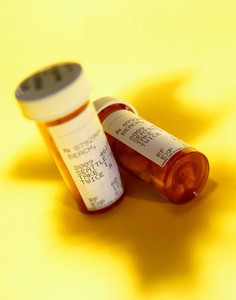Mr Randall Stafford of the Stanford Prevention Research Center and Mr Caleb Alexander of the University of Chicago, USA have published several challenges that must be met if comparative-effectiveness research (CER) is to be useful in significantly improving the quality and affordability of US health care. In the 17 June 2009 issue of the Journal of the American Medical Association they write, “Researchers, policy makers, insurers, and other stakeholders have voiced enthusiasm about the value of CER that rigorously evaluates two or more drugs or devices. The most recent boost for these efforts has been the US congressional financial stimulus package that contains provisions for US$1.1 billion (Euros 787.4 million) to be devoted to this effort. The appeal of CER is undeniable. If there is one issue that stakeholders agree about, it is that increasing healthcare costs are ultimately unsustainable and society needs more value for its money. However, it is not clear whether CER, as it is commonly framed, has a comparative advantage when it comes to improving the US healthcare system. If CER is to succeed, future initiatives will need to generate data prior to the widespread adoption of a drug or device.”
- INICIO
-
Genéricos
Novedades
- FDA approves generic teriparatide and levetiracetam
- US generics launch and approval for Dr Reddy’s and Lupin
- Five Chinese companies join UN’s MPP for Covid-19 medicines
- South Korean companies to make generic Bridion and COVID-19 drugs
Investigación
- Japan’s drug shortage crisis: challenges and policy solutions
- Saudi FDA drug approvals and GMP inspections: trend analysis
- Generic medications in the Lebanese community: understanding and public perception
- Community pharmacists’ understanding of generic and biosimilar drugs: Lebanon case study
General
- Crecimiento de medicamentos genéricos en Brasil y Venezuela
- EMA launches European shortages monitoring platform to tackle persistent medicine shortages
- Penetración de los medicamentos genéricos en México y Brasil
- FDA releases one-year progress report for the Generic Drug Cluster
-
Biosimilares
Novedades
- FDA approves aflibercept biosimilar Eydenzelt and label expansion for adalimumab biosimilar Yuflyma
- ANVISA aprueba cuatro biosimilares para denosumab, trastuzumab y aflibercept
- Biosimilars referencing Amgen’s Neulasta and Neupogen launch in Canada and US
- La EMA recomienda la aprobación de nueve biosimilares
- MORE EDITORIAL SECTIONS
- Search








 0
0










Post your comment